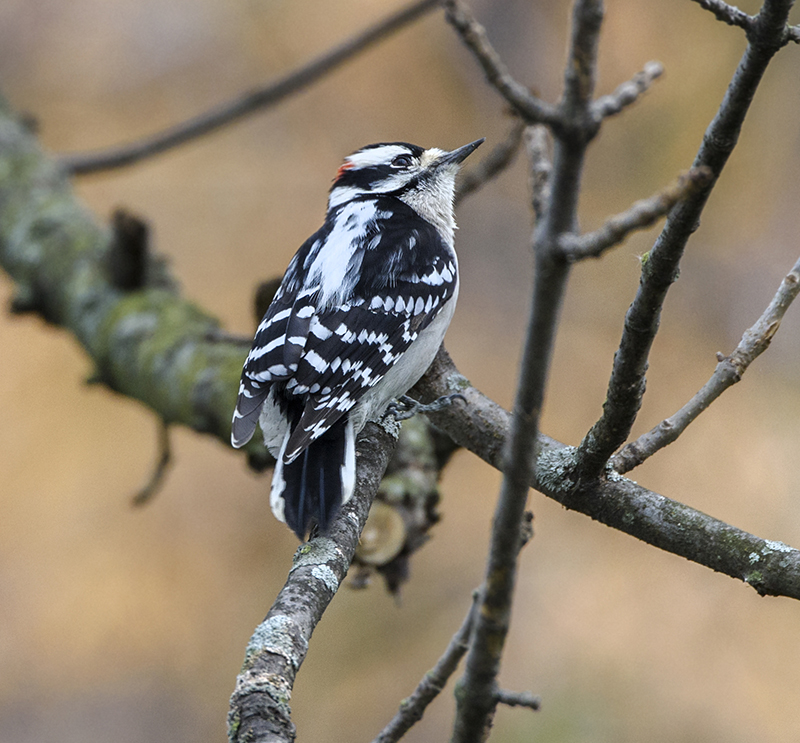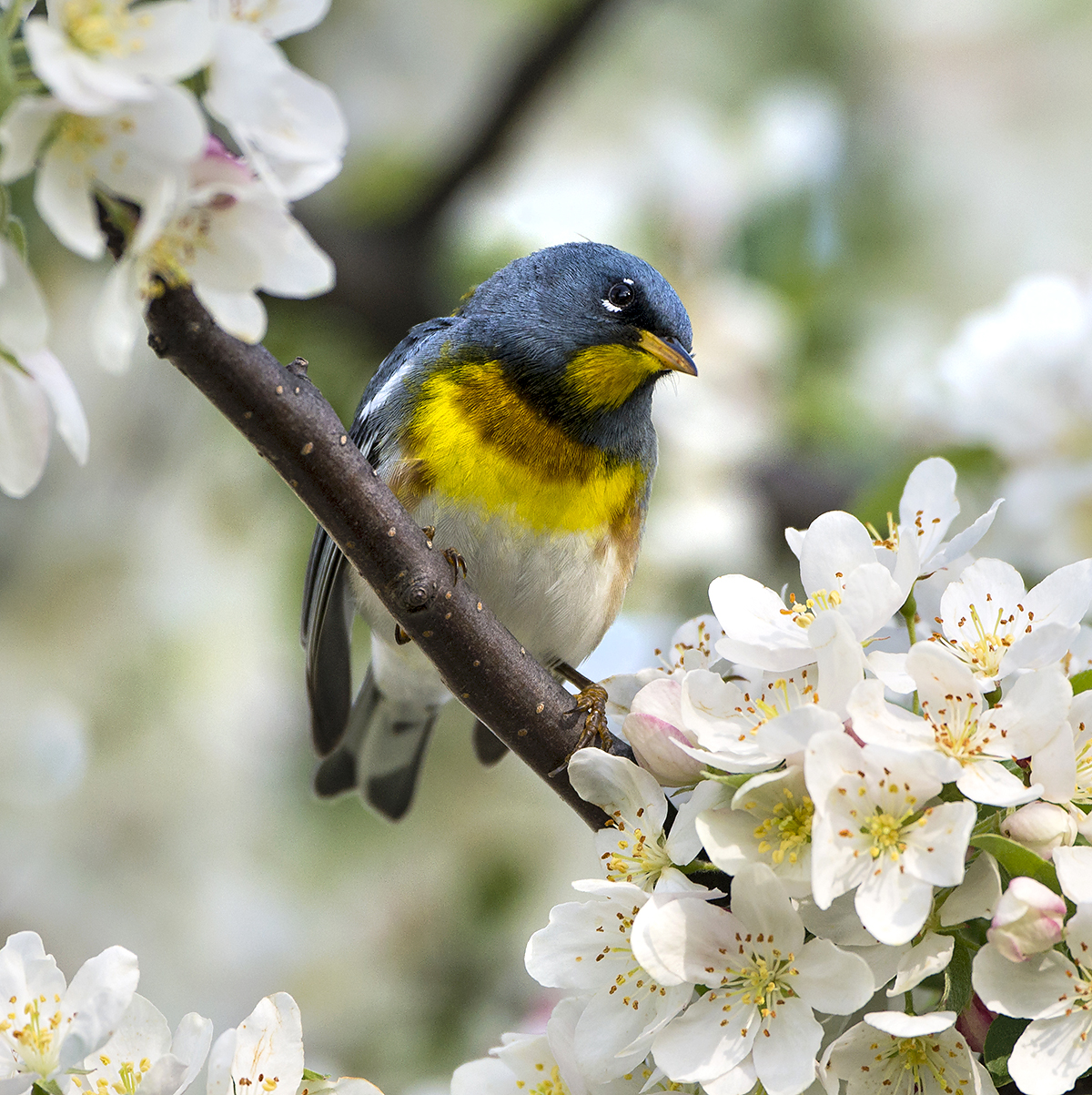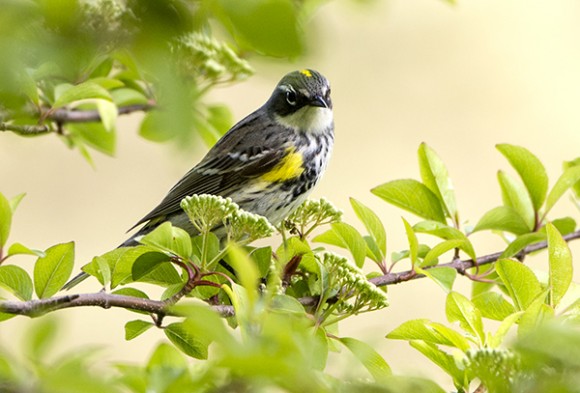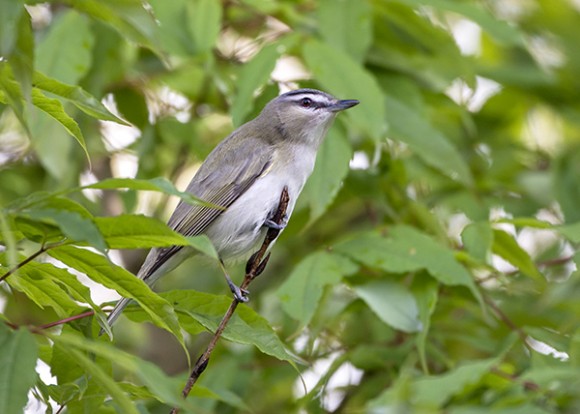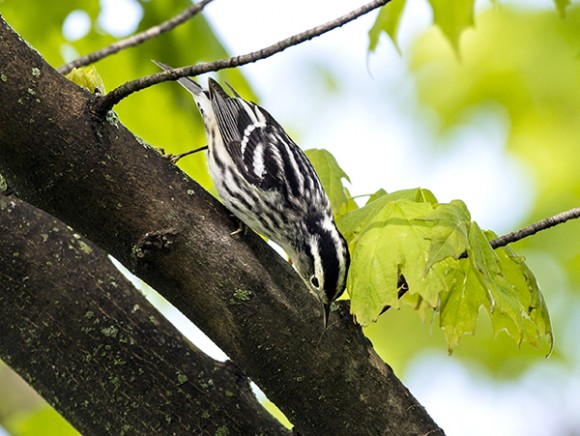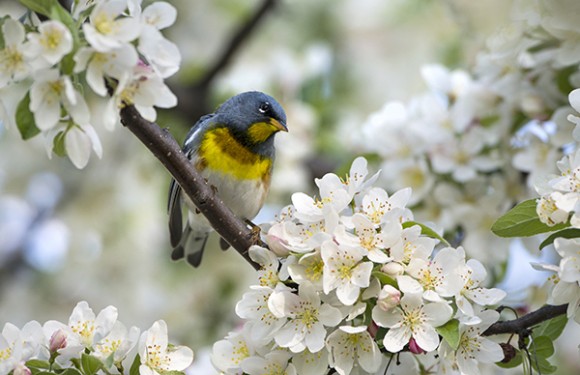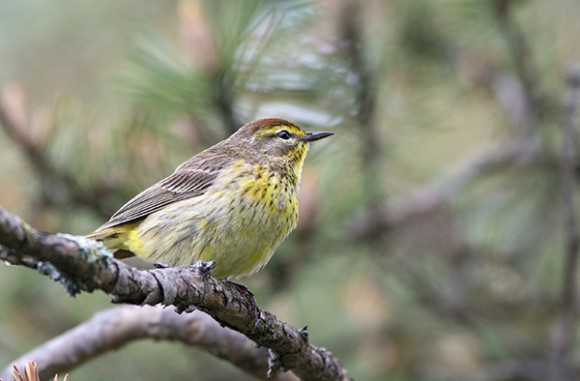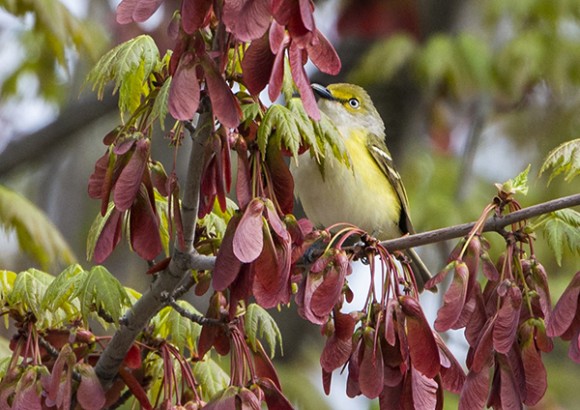The flowers are gone, the trees are bare, now what to photograph? Birds, of course! Winter is a great time to get some fabulous shots of winter birds. One huge bonus is that there are no leaves on the trees and the birds are much easier to see!
There are the “regular” local birds, like robins (yes, some robins do stay around all winter), goldfinches, cardinals, chickadees, mallards, Canada geese, red-tailed hawks, and cedar waxwings, to name a few. Plus, winter has the bonus of birds that actually migrate to our area just for the winter. Some migrants you will see every year are juncos, tree sparrows, and a variety of ducks. Other birds are occasional, or eruptive, and only show up once every few years, like pine siskins, red-breasted nuthatches, and redpolls. Then there are the, “wow! I’m really lucky to find this species!” birds, like crossbills, snowy owls, bald eagles, and bohemian waxwings. That is the fun part—you never know what you will find on any given day. That is why I go out every chance I get!
You can check the list of birds that you can expect to see at the Garden here.
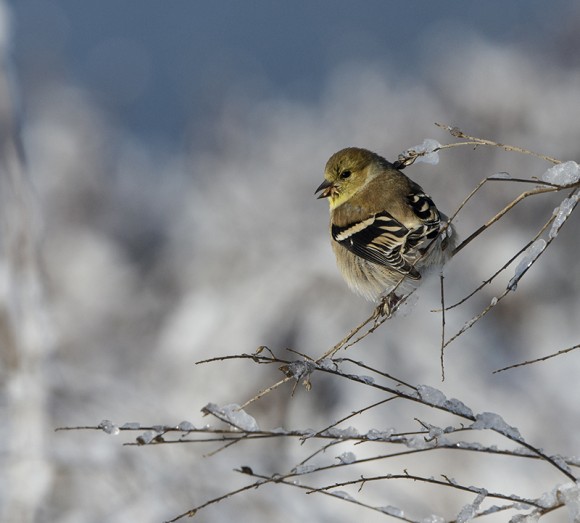
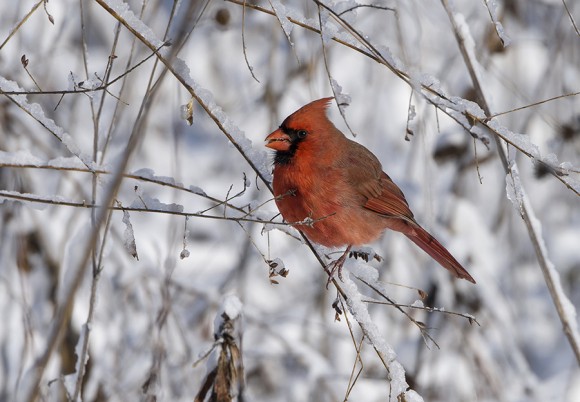
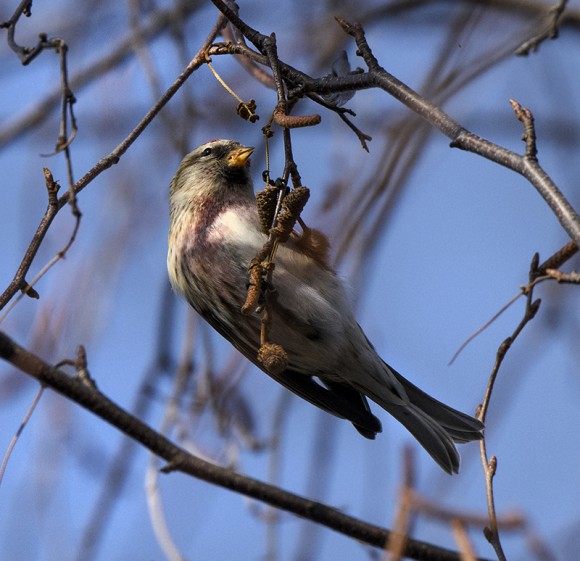
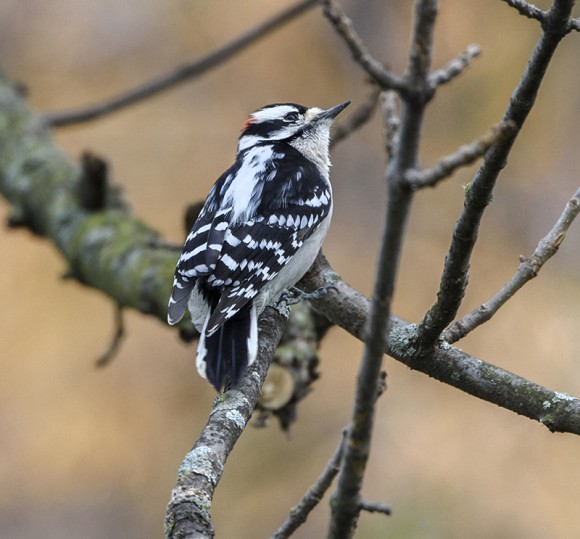
When you get to the Garden, some places to look are all the trees with berries! Yes, the birds love them. Another good place to look is the Dixon Prairie, where all those seeds attract a lot of birds. Be sure to check out the bird feeders at the Buehler Enabling Garden too. You can also find a variety of birds—especially woodpeckers—in the McDonald Woods. If there is open water, check there for ducks and geese. You might be surprised at just how many birds you can find in winter.
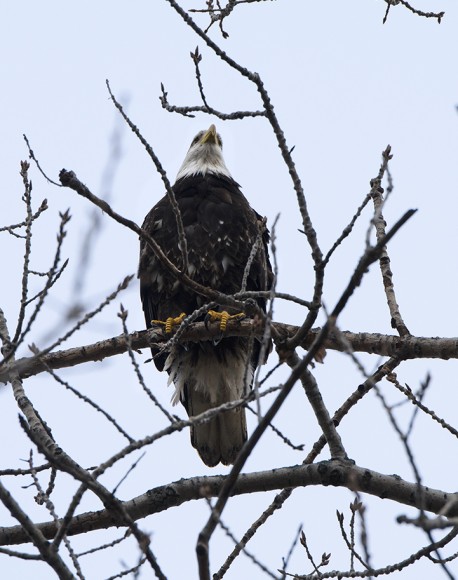
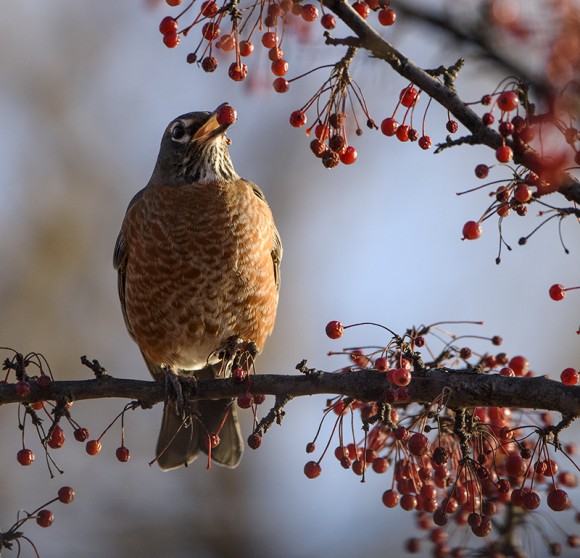
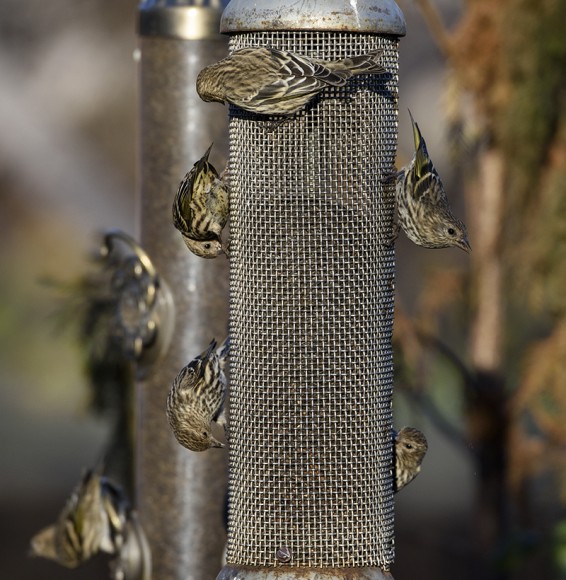
©2015 Chicago Botanic Garden and my.chicagobotanic.org

